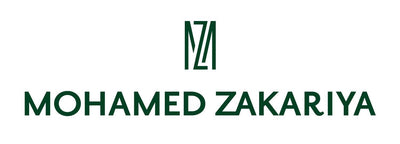
Why did I enter the world of Islamic penmanship, that most improbable profession for an American of my generation? I really can’t say, but that’s what I did in 1961, and here I am today, still at it. Perhaps it is enough to say that, ill-prepared as I was, I could sense that the art of calligraphy offered a true and large potential for art and the artistic life that I wanted. I grew up in Los Angeles, soaking up everything I could about artists and their art. Working as a machinist in some of the little factories that dotted Southern California, I learned the aesthetics of precision that have always been a touchstone for how I work. For five years the inestimable art impresario Oscar Meyer of Paris was my artistic Virgil, taking the time and trouble to show me what art meant and to give me the confidence to think that one day I, too, could be an artist. The many pieces I made for him—scientific instruments, sculptures, and other objets de vertu—are scattered now but served as a sort of craftsman’s apprenticeship.
“The aesthetics of precision have always been a touchstone for how I work.”
In approaching my work, I rely on methods informed by my industrial background: every work must be made in the most efficient and practical way possible to get the most powerful effect possible, using the best and most appropriate materials and methods. Some of my methodology I have learned in the shops, some I have reverse-engineered from observation of original work, and some I have gathered from ancient Arabic, Turkish, and English texts. I consider any artwork I make a finished object. It is three-dimensional, even if it is only on a sheet of paper. The front, sides, and back are not neglected.
As for sources, I prefer to find texts that resonate with my view of life, that tell a personal story. I find my texts in classic Arabic and Ottoman Turkish books, including poetry, aphorisms, collections of Hadith, and Quranic ayets. Study and tafsir are the sources of my concepts. I use my own marbled paper and ahar paper, and I use the kind of tezhib (illumination) that I prefer. I don’t do joint productions—my works are mine alone, for better or worse. Still, life is not solitary, nor is art. I teach, I have my well-wishers and my fine family and my agent, Suleyman Cooke. I have my own teachers and colleagues and my cats.
“It is my promise never to make a boring work.”
Our art is passed down to us as an emanet, a trust, which we pass on in loyalty to the lives of past and present hocas. My signature is a sign of that trust. It is my promise never to make a boring work.


